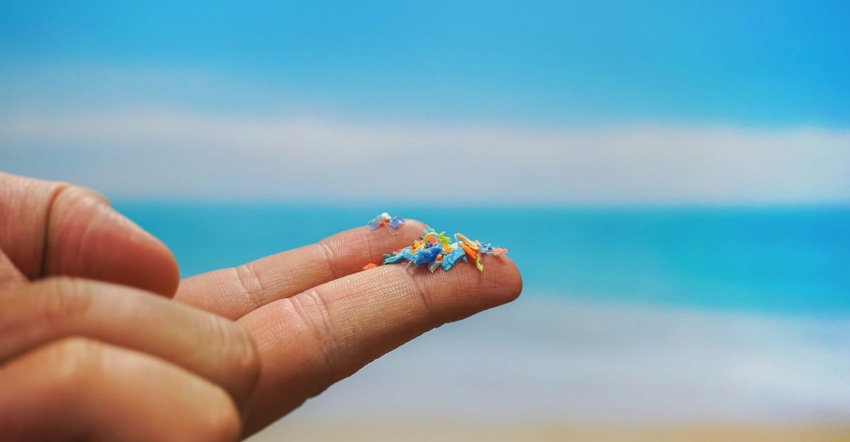Scientists Detect Microplastics in Human Blood
Plastic takes yet another hit with the discovery of several polymers commonly used in packaging within blood samples.

Plastic’s reputation as a packaging material suffered another crushing blow with news of scientists finding, for the first time, plastic particles in human blood. The Netherlands-based researchers published their research in the scientific journal Environment International.
The team analyzed blood from 22 individuals and found that 17 of the test subjects — 77% of the group — had a quantifiable mass of plastic particles in their blood. The polymer types and concentrations varied by blood sample.
The analysis, performed with pyrolysis gas chromatography/mass spectrometry, looked for five polymers: polyethylene terephthalate (PET), polypropylene (PP), polyethylene (PE), polystyrene (PS), and polymethyl methacrylate (PMMA). Up to three of these polymers, in measurable concentrations, appeared in individual blood samples.
PET was the most frequently encountered polymer in the samples, with quantifiable values in 50% of all tested donors. The next most frequent polymer was PS (36%), followed by PE (23%), and PMMA (5%). None of the blood samples had a quantifiable concentration of PP.
The highest polymer concentrations found in the blood samples were: 7.1 μg/ml for PE, 4.8 μg/ml for PS, and 2.4 μg/ml for PET. The average concentration of plastic particles in the 22 blood samples was 1.6 µg/ml, the equivalent of about one teaspoon of plastic in 1,000 liters of water (the average human adult has nearly 5 liters of circulating blood).
All five polymers targeted in the investigation are used in diverse consumer-facing applications. Packaging applications for PET include water, beverages, and skin-care products; for PP, food containers and closures; for PE, food wraps, pouches, and grocery bags; for PS, fast-food containers and beverage cups; and for PMMA, cosmetics packaging.
Based on the investigation’s results, the researchers believe additional research should be conducted to discover just how widespread plastic pollution is within human bodies and to identify related health risks, if any.
About the Author(s)
You May Also Like




